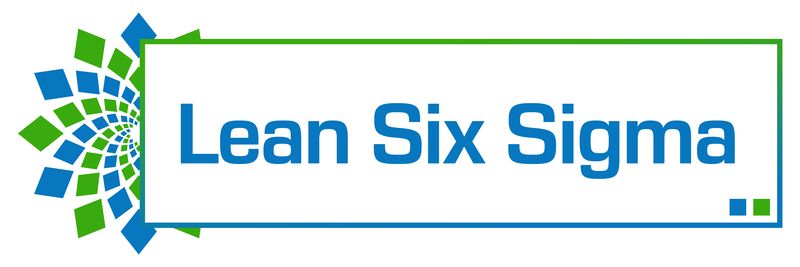Although Lean Six Sigma is a process mostly designed for the manufacturing industry, it can…

When it comes to Lean Six Sigma, it doesn’t only apply to a select few industries. Indeed, some would even say that it is industry agnostic. As long as there are processes within that industry, they can always be improved. This is equally true, whether one is in the construction, health or human resources (HR) industries.
Since each organization is unique, it means that processes don’t function the same in every organization. This includes processes in the HR departments as well. What works for one company may not work for another. This means some tweaking is in order to improve their effectiveness.
With that in mind, here are four functions in HR that can be improved with Lean Six Sigma.
1. Compensation Processes
Compensation is a process that plays a major role in the organization. For employers, it makes sure that the organization has access to the best and most skilled workforce in the industry. For the employees, it acts as an incentive and motivation to keep working for the betterment of the organization. It is also a major contributor to job satisfaction.
Improving this area of HR starts with looking at all the processes in regards to compensation. You can look into:
- How you streamline the process of determining bonus pay benchmarks
- How to speed up the authorization of overtime
- How to decrease the performance review, salary audit and raise timeline
2. Orientation Process
When starting a job, orientation is highly important. This is when a new recruit learns about what they’re going to be doing at work, their work environment and their co-workers. This allows them to settle into their job and feel comfortable enough to be highly productive. The sooner this is complete, the better.
When it comes to the orientation of new employees, there will definitely be some tiresome paperwork involved. This can be improved upon using Lean Six Sigma. For example, you can look into speeding up the finalization of hiring a new employee by emailing them their offer and other paperwork on Friday so they can start on Monday.
3. Recruitment Processes
If an organization is not using a third party recruitment agency, then they need to have a recruitment process. This is an organization-specific process that will allow them to define the roles and responsibilities of a specific job and then find or attract candidates that would be suitable for that job.
One of the processes that can be improved is whether or not HR is responding to applicants in a timely manner. Another process would be looking to decrease the time it takes to come up with job descriptions by providing a template that speeds up the writing process.
4. Formal Complaint Processes
In the workplace, conflicts are inevitable. That is why every organization, big or small, should have a formal complaint process to resolve conflicts when they arise. A formal complaint happens when an employee files a grievance against a co-worker, supervisor, subordinate, the organization itself, etc.
If you note that employees are having a tough time coming in to write formal statements, which are required to file a formal complaint, then perhaps this can be improved. For example, you can have them send an email stating their grievance, which you can then file on their behalf.
Conclusion
Lean Six Sigma is industry agnostic. As long as there is a process in the industry, Lean Six Sigma can be used to improve it. There is no exception, even when it comes to human resources. Therefore, it is up to the human resources manager to use Lean Six Sigma to make the HR department more efficient.
So far, you have seen four HR processes that can be improved with Lean Six Sigma. These are compensation processes, orientation processes, recruitment processes and formal complaint processes. There are definitely more HR processes that can be improved beyond these, and it is up to the HR manager to identify them and start improving them.



Comments (0)